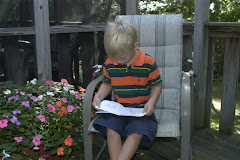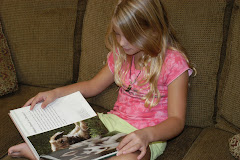Webbing
I design a search strategy by analyzing questions and identifying most pertinent information. According to Callison, a search strategy creates an awareness of the multitude of resources and gives direction to the best resources for answering inquiry questions. The strategy development examines questions created and refines those questions into finalizing critical questions (The Blue Book, p. 242).
My questions are formulated by identifying key words such as: who, what, when, where, why, and how.
Who are the experts? Who are the people putting research into practice? Who is my audience?
What research (resources) needed in various formats? What are the research qualifiers?
What are limitations in resources? What is research time frame (2007-2000)?
Where will I locate sources?
Why is it necessary to have a variety of resources? Do I want all online formats? How will personal interviews affect the methods recommended?
How will resources represent accurate information? Different ideas or perspectives? How will my own experience shape the research selected? How much research do I need? How will information impact common practice? How will information be easily retrievable?
The next plan in my search strategy is to locate key resources that are meaningful and best-suited for my topic. This is done through various pathfinders. A pathfinder is a conceptual framework that is typically a starting point in gathering information. It extends learning outside boundaries of textbooks or discussions. Callison states the purpose of a pathfinder is to, “Learn key classification numbers, key controlled vocabulary terms, key specific reference materials, core periodicals textbooks, and the standard or most cited books in the discipline in hand"(The Blue Book, p. 402). For me, a pathfinder is a concise springboard that targets my early literacy inquiry. The pathfinders are full of wonderful exploration ideas that I will include in a separate area in my blog.
Literacy for Children http://www.albany.edu/~jg7712/isp605/pathfinder.html
ERIC Digest http://www.indiana.edu/~reading/ieo/digests/d162.html
Colorado Literacy Connections http://www.cde.state.co.us/literacy/research.htm
Emergent Literacy on the Web http://www.gslis.utexas.edu/~vlibrary/edres/pathfinders/pool/index.html
Critical questions and background information through pathfinders significantly propel the search process because I am beginning to make the webbing connections. In seeking answers to critical questions, I perform key word searches. I am able to skim and scan through information quickly. However, Callison notes, "Key word development and use of key words is critical to using research most effectively when using guidewords, an index, or a table of contents and when scanning text for topic value and meaning"(The Blue Book, p. 242).
Key word searches: literacy activities and/or materials, phonemic awareness, reading and writing and kindergarten, emergent reading, early reading instruction, decoding, developmentally appropriate literacy practice, early literacy research and/or methods, early writing, early literacy pathfinders, child development and early literacy.
Friday, September 21, 2007
Subscribe to:
Post Comments (Atom)



No comments:
Post a Comment